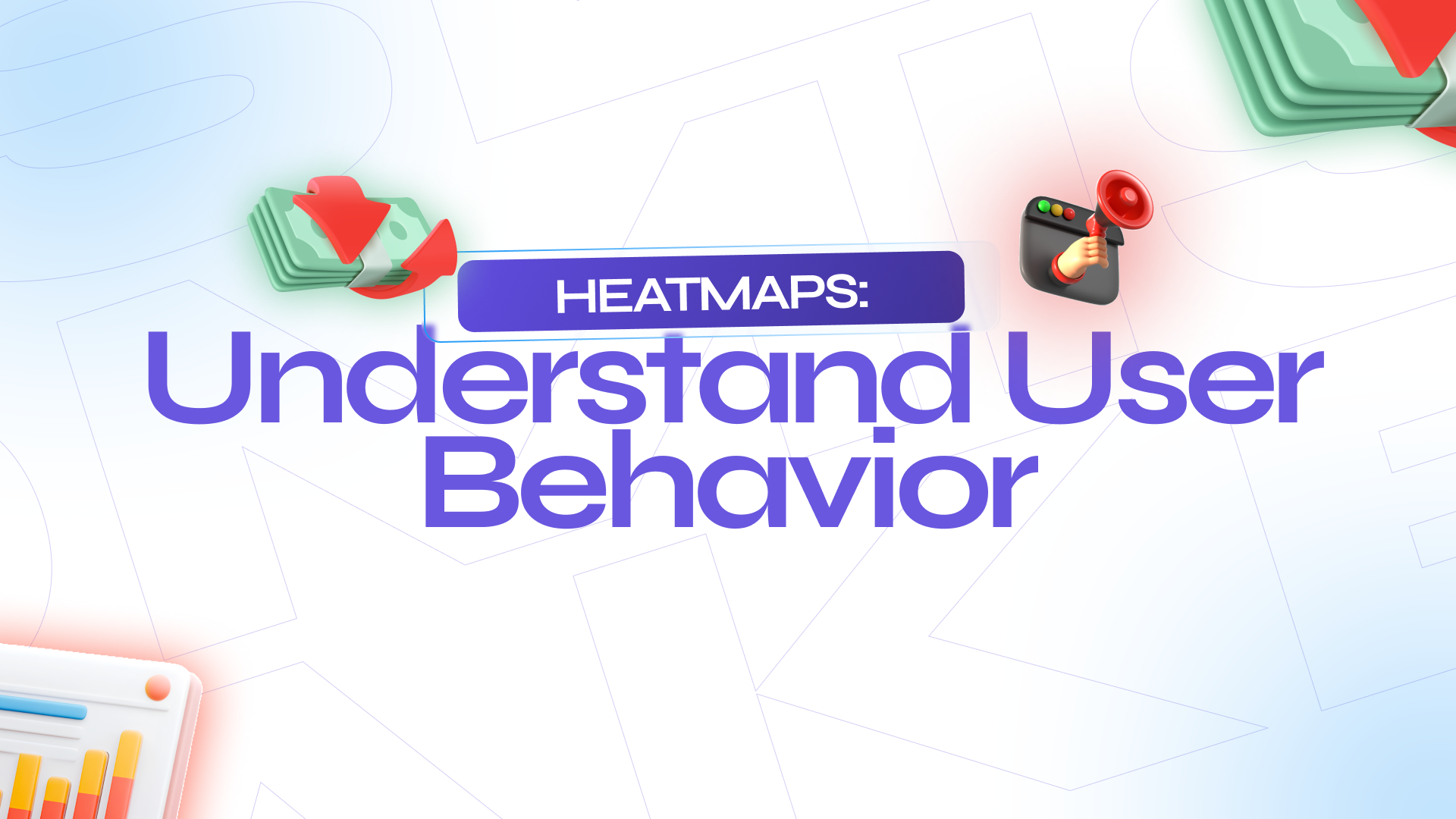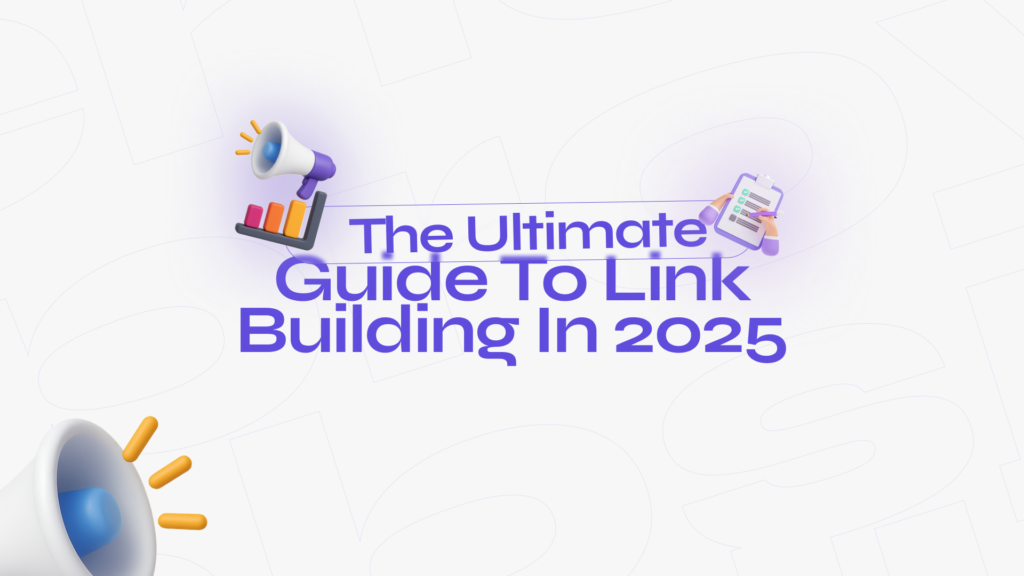Imagine opening your website analytics and seeing not just numbers, but a visual map that shows exactly where visitors click, scroll, or lose interest. That is the power of heatmaps. They transform raw data into actionable insights, helping businesses understand user behavior at a deeper level. For agencies and businesses alike, heatmaps provide clarity on how people interact with digital experiences, revealing opportunities to improve engagement, conversions, and overall design.
What are Heatmaps
Heatmaps are visual tools that display user activity on a website or digital platform using color-coded data. Warmer colors like red and orange represent areas with high engagement, such as frequently clicked buttons or links, while cooler colors like blue highlight areas that receive less attention. This simple but powerful visualization allows businesses to instantly identify what attracts users and what gets ignored.
Why Heatmaps Matter
Understanding user behavior goes beyond traditional analytics. While metrics like bounce rate or time on page are useful, they do not explain why users act the way they do. Heatmaps bridge this gap by showing exactly where users focus their attention. For example:
If a call-to-action button is placed too low on the page, a scroll heatmap may reveal that most users never reach it.
If an important link is ignored, a click heatmap can highlight the problem so design adjustments can be made.
If users abandon forms halfway, a movement heatmap can uncover points of friction.
In short, heatmaps help uncover hidden barriers to conversion and improve the user journey.
Types of Heatmaps
To get the most value, it is important to understand the different types of heatmaps available:
Click Heatmaps
Show where users click the most. Useful for identifying which buttons, links, or elements attract attention.Scroll Heatmaps
Reveal how far down a page users typically scroll. This is critical for ensuring important content or offers are placed where users actually see them.Move Heatmaps
Track mouse movement, showing where visitors hover their cursors. While not perfect, this often correlates with where the eyes focus.Attention Heatmaps
Display which sections of a page users spend the most time viewing. This helps optimize content placement and layout.
Benefits for Businesses
For businesses working to improve their online presence, heatmaps are more than just a nice-to-have tool. They offer practical benefits:
Improved Conversions: By seeing which elements users engage with most, businesses can optimize CTAs, forms, and landing pages to drive more sales or leads.
Better User Experience: Heatmaps highlight usability issues, such as confusing navigation or cluttered layouts, allowing teams to create smoother experiences.
Content Optimization: Knowing what users read and where they stop helps marketers adjust messaging and focus on content that resonates.
Data-Driven Design: Instead of guessing what works, teams can redesign based on actual user interaction data.
Real-World Applications
Ecommerce: Retailers use heatmaps to see where shoppers click on product pages, helping refine layouts to increase purchases.
Service Businesses: Agencies track form engagement and optimize service pages for better lead generation.
Media and Blogs: Publishers analyze scroll depth to place ads and CTAs in the most visible positions.
SaaS Companies: Product teams use heatmaps to understand how users interact with dashboards or feature pages.
How to Get Started
Implementing heatmaps is straightforward with tools like Hotjar, Crazy Egg, and Microsoft Clarity. After installing a simple tracking code, businesses can generate heatmaps within days. The key is to set clear goals. Do you want to increase sign-ups, sales, or content engagement? Defining goals ensures heatmap insights translate into actionable improvements.
The Future of Heatmaps
As websites and apps become more complex, the role of heatmaps will only grow. They are no longer just for UX designers but are valuable for marketers, product teams, and even executives who want to understand customer journeys. Combining heatmaps with other analytics tools creates a complete picture, enabling smarter decisions backed by both numbers and visual proof.
Final Thoughts
User behavior is the heart of digital success. Without knowing how people interact with your site, it is impossible to optimize effectively. Heatmaps give businesses the clarity they need, turning clicks, scrolls, and movements into insights that drive growth. At Agencify Digital, we help businesses leverage tools like heatmaps to build smarter strategies, improve engagement, and deliver results that matter.





